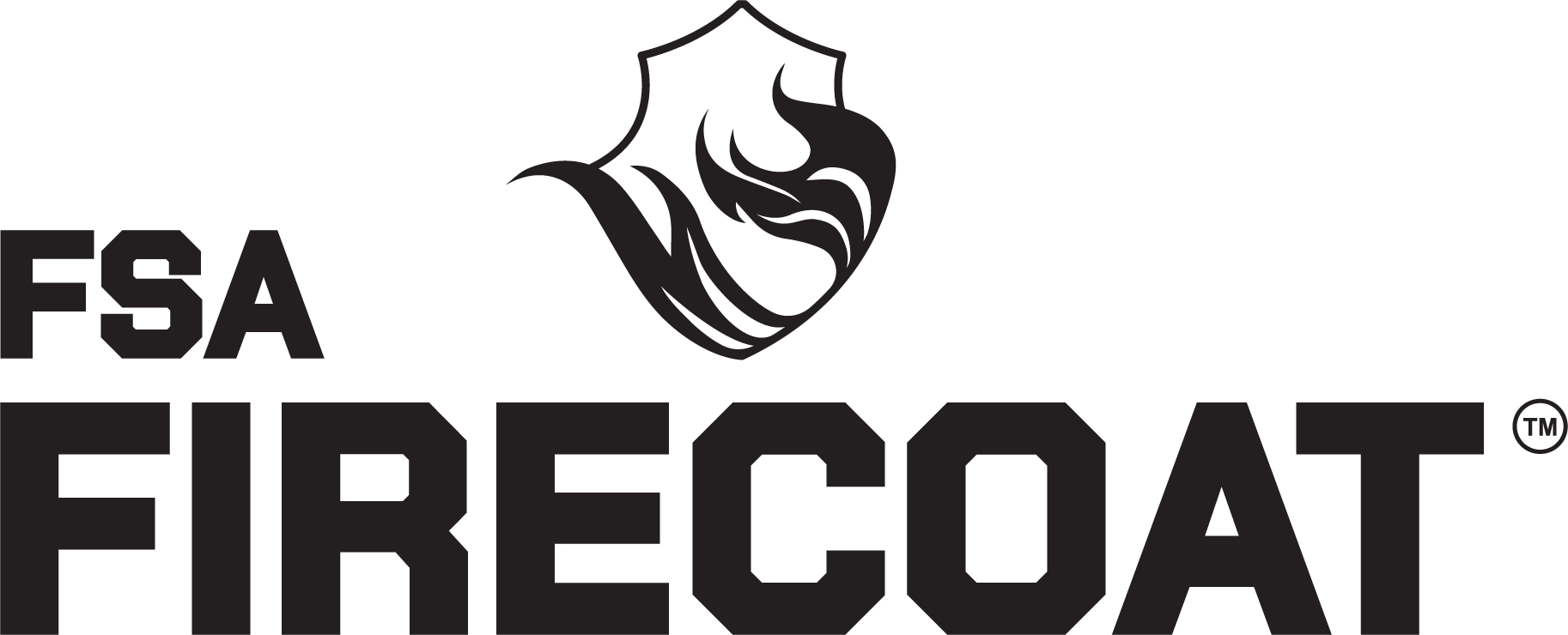Technical and Education
What is the BAL Rating System?
The BAL rating is the Australian standard for measuring the risk of a home’s exposure to ember attack, radiant heat, and direct flame contact. The BAL rating determines the construction and building requirements necessary to protect homes in bushfire prone areas.
There are six levels of the BAL rating in accordance with the Australian Standard – AS 3959:2018 Construction of buildings in bushfire-prone areas. The ratings increase as fire severity increases. The higher the BAL rating of materials, the more protection is provided to structures as fire severity increases.
| BAL | Description of risk - Bush Fire Attack Level |
|---|---|
| BAL – LOW | Low risk potential fire. |
| BAL – 12.5 | Risk is primarily from potential embers during a fire |
| BAL – 19 | Moderate risk, particularly from embers and burning debris. |
| BAL – 29 | High risk, particularly from embers, debris and heat. |
| BAL – 40 | Very high risk. Likely to be impacted by embers, debris, heat and potentially flames. |
| BAL – FZ | Extreme risk. Directly exposed to the flames of a potential fire front. |
How do Firecoat Paints compare to other paints?
No other paint on the market globally offers the protection of FIRECOAT.
See frequently asked questions for more information.
Protecting your property from fire
In addition to using FIRECOAT undercoats there are a number of measures you can take to protect your assets from fire. Visit the Your Home Government website for more ideas on bushfire protection.
Some low-cost options include:
- Sealing all gaps around the house with appropriately specified joining strips or flexible silicon-based sealant
- Installing appropriately specified building membranes behind weatherboards or other external cladding when they are being replaced
- Installing appropriately specified building membranes beneath existing roofing (especially tiled roofs) when it is being replaced for maintenance
- Installing draught excluders at the base of side-hung doors, and draught seals around window and door frames
- Sealing vents and weep holes in external walls with aluminium mesh (<2mm gap)
- Sealing around roofing and roof penetrations with appropriately specified flexible silicon-based sealant
- Installing non-combustible gutter guards
- Putting non-combustible metal mesh over areas of windows and doors where they can be opened
- Reducing the amount of bushfire fuel around the house to create an asset protection zone or a defendable space.
In the event of a bushfire, it is recommended that you leave your property as soon as possible and follow advice provided by your local fire-fighting service. For further guidance and tips on protecting yourself and your property during a bushfire, refer to the Rural Fire Service website.


